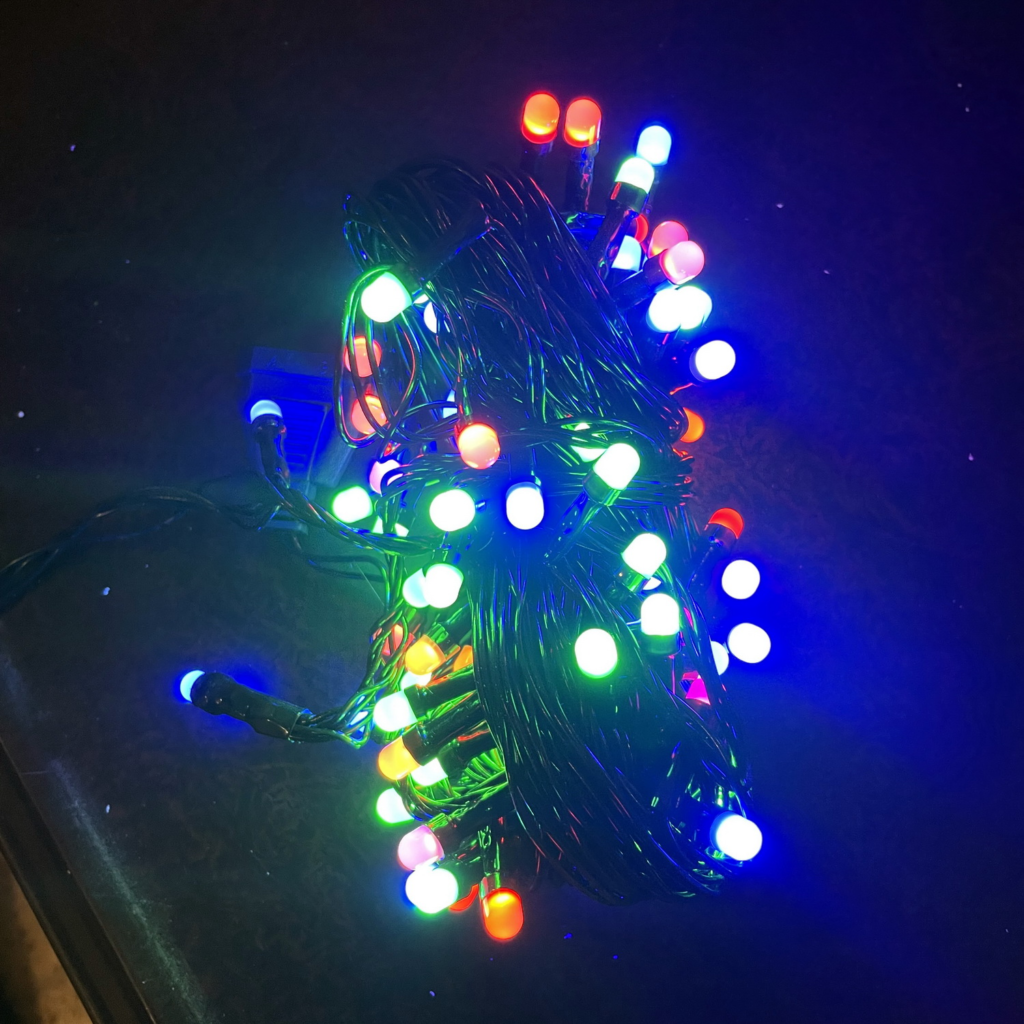Lighting Up Spaces: The Transformative Power of LED Strip Lights Manufacturing
In the ever-evolving world of design and technology, LED strip lights have emerged as a game-changer, offering a blend of flexibility, efficiency, and aesthetic appeal. These lights have revolutionized the way we illuminate our surroundings, making them a popular choice for a wide range of applications. But what exactly goes into the creation of these transformative lighting solutions? Let’s take a closer look at the manufacturing process of LED Strip Lights factory and discover how they light up spaces with their unique capabilities.

The Evolution of LED Strip Lights
LED strip lights have become a staple in modern lighting due to their versatility and energy efficiency. Their development represents a significant advancement in lighting technology, offering solutions that were previously difficult to achieve. The integration of LEDs into flexible strips has opened up new possibilities for lighting design, allowing for creative and functional applications in both residential and commercial settings.
The Manufacturing Journey: From Vision to Illumination
Creating LED strip lights involves a meticulous process that combines technology, craftsmanship, and innovation. Here’s an overview of the key stages involved:
**1. Concept and Design: The journey begins with a concept—a vision of how LED strip lights can be used to enhance spaces. Designers and engineers collaborate to develop detailed plans, considering factors such as LED placement, light intensity, color options, and flexibility. The aim is to create a product that not only meets functional requirements but also offers aesthetic value.
**2. Prototyping and Testing: Once the design is finalized, prototypes are created to test the design’s effectiveness in real-world conditions. These prototypes undergo rigorous testing to evaluate their performance, durability, and color accuracy. Feedback from these tests is used to refine the design and ensure that the final product will meet high standards.
**3. Material Selection and Preparation: High-quality materials are essential for producing reliable LED strip lights. The factory sources flexible circuit boards, LEDs, adhesives, and other components that meet stringent quality criteria. The choice of materials impacts the performance, longevity, and overall quality of the final product.
**4. Precision Assembly: Advanced machinery and skilled technicians work together to assemble the LED strips. LEDs are placed onto flexible circuit boards with precise alignment, and connections are made using automated systems that ensure accuracy and consistency. This stage is crucial for ensuring that each LED strip functions properly and meets quality standards.
**5. Quality Assurance: Quality assurance is a critical part of the manufacturing process. Each LED strip undergoes thorough testing to verify its brightness, color accuracy, and overall performance. Any defects or inconsistencies are addressed to ensure that the final product meets the highest quality standards.
**6. Customization and Packaging: One of the standout features of LED strip lights is their adaptability. The factory offers various customization options, allowing clients to select specific colors, brightness levels, and lengths. Once customized, the LED strips are carefully packaged to protect them during shipping and ensure they arrive in excellent condition.
The Impact of LED Strip Lights
The manufacturing of LED strip lights has a significant impact on various areas of design and functionality:
**1. Residential Design: In homes, LED strip lights offer versatile lighting solutions that can enhance interior design. They can be used for under-cabinet lighting, accentuating architectural features, or creating ambient effects. Their flexibility allows for creative installations that add both style and functionality.
**2. Commercial Applications: Businesses use LED strip lights to create eye-catching displays and engaging environments. The ability to customize and adapt these lights makes them ideal for retail spaces, restaurants, and other commercial settings. They can attract customers, highlight products, and enhance the overall ambiance.
**3. Architectural Enhancement: Architects and designers leverage LED strip lights to highlight structural elements, add depth, and create visually stunning effects. The strips can be integrated seamlessly into various architectural styles, enhancing both modern and traditional designs.
The Future of LED Strip Lights
The future of LED strip lights holds exciting possibilities. Advances in technology and design will continue to drive innovation, offering new ways to use LED strips in creative and functional applications. From smart lighting solutions to more customizable designs, the evolution of LED strip lights promises to shape the future of lighting.
Conclusion
The manufacturing of LED strip lights is a testament to the blend of technology, craftsmanship, and creativity. From the initial concept and design to precision assembly and customization, each step in the process plays a crucial role in bringing these transformative lights to life. As we enjoy the benefits of LED strip lights in our spaces, we can appreciate the innovative process that makes them possible and look forward to the future advancements that will continue to illuminate our world in new and exciting ways.
Leave a Comment